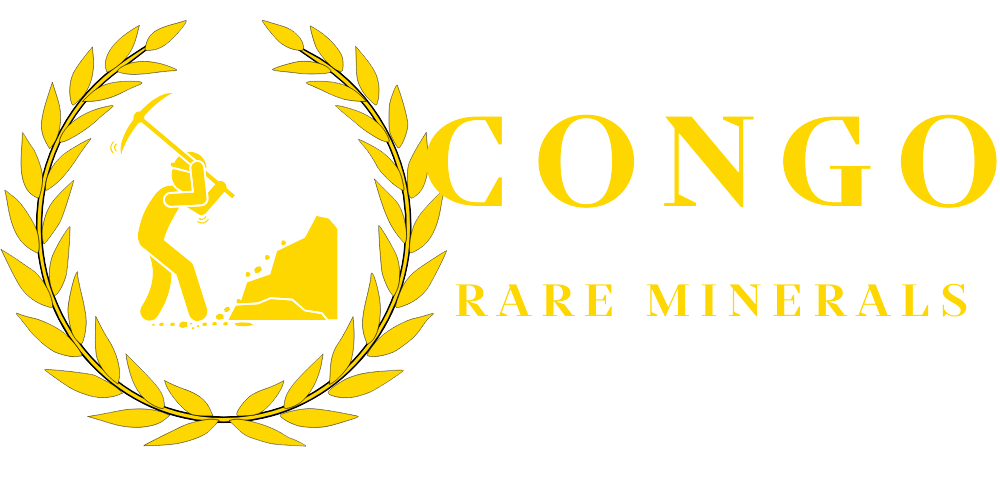If you are deciding where to put fresh money in 2026, think in threes. Gold, stocks, and bonds each play a different role. Getting the mix right can lift returns and cut stress during rough markets.
The short version
- Want growth with shock protection. Use stocks for compounding, gold for diversification and crisis defense, bonds for income and stability.
- A practical starting point for many buyers is 50% stocks, 35% bonds, 15% physical gold. Adjust based on risk tolerance and time horizon.
What each asset tends to deliver
| Asset | Goal | Typical long-run profile* |
|---|---|---|
| Stocks | Growth | Higher return potential, higher volatility |
| Bonds | Income + ballast | Moderate returns, lower volatility |
| Gold (physical) | Hedge + diversification | Low correlation to stocks and bonds, protects during stress |
*These are broad historical tendencies across major markets. Exact results vary by index, maturity, and period.
Why hold physical gold at all
- Diversification. Correlation with equities trends low and can turn negative in crises.
- Inflation and currency defense. Gold is not tied to any single central bank.
- Tail risk protection. During shocks, gold often holds value while risk assets reprice.
Premiums and access: how you actually own it
- Physical gold. Best for buyers who want direct, verifiable ownership and delivery. You pay a premium over spot for minting and logistics. We help you target sizes that keep premiums efficient.
- ETFs and funds. Useful for trading convenience. You do not control bars or documents.
- Stocks and bonds. Hold through a regulated broker or custodian separate from your physical gold.
Risk snapshots you can use
Keep it simple when you plan. These ballpark ideas help set expectations.
- Stocks. Plan for wide swings in a single year. Reward is the growth engine.
- Bonds. Less bumpy. Rates drive returns. Shorter maturities reduce interest-rate risk.
- Gold. Can swing like equities month to month, yet shines when financial stress rises. Owning the metal, not a promise, is the point.
Three sample 2026 allocations
1) Growth with cushion
- 60% global stocks
- 25% bonds
- 15% physical gold
Good for long horizons where you still want drawdown protection.
2) Income first
- 40% global stocks
- 45% investment-grade bonds
- 15% physical gold
Useful if you care more about stability than maximum upside.
3) Defense minded
- 30% global stocks
- 50% bonds
- 20% physical gold
Aims to keep losses shallower in deep equity selloffs.
Tip: Size gold in whole numbers you can actually move and resell. Standard units like 1 oz coins, 100 g, 250 g, and 1 kg bars keep pricing and liquidity smooth.
Examples that make the trade-offs clear
Case A. Cash-rich buyer wants low premium per gram
Choose 1 kg bars for the core holding and add a few 1 oz coins for flexibility. Bar premium per gram is usually lower. Coins help if you want to sell a small slice later.
Case B. First-time buyer stacking monthly
Mix 1 oz coins with 100 g bars. You keep liquidity high while premiums stay reasonable.
Case C. Institution or family office rebalancing
Hold bars in vaults and rebalance annually. When stocks rally, trim gains and add to gold or bonds. When markets fall, do the reverse.
How to avoid common mistakes
- Ignoring total cost. Look at spot plus premium, shipping, insurance, and taxes.
- Buying odd sizes that are hard to resell. Stick to recognized units.
- Skipping documents. Keep invoices, certificates, assay, and shipping records together.
- Letting one asset dominate. Rebalance once or twice a year.
How Congo Rare Minerals helps
- 22K and 24K with a 100 g minimum.
- Insured export worldwide to approved destinations.
- Verification support at your nominated refinery where required.
- Clear KYC/AML and a documented process from quote to delivery.
Ready to allocate with gold as a core hedge
- Browse products: /shop/
- Verification and assay: /lab-testing/
- Refining and documentation: /service/refining/
- Speak with sales: /contact-us/
